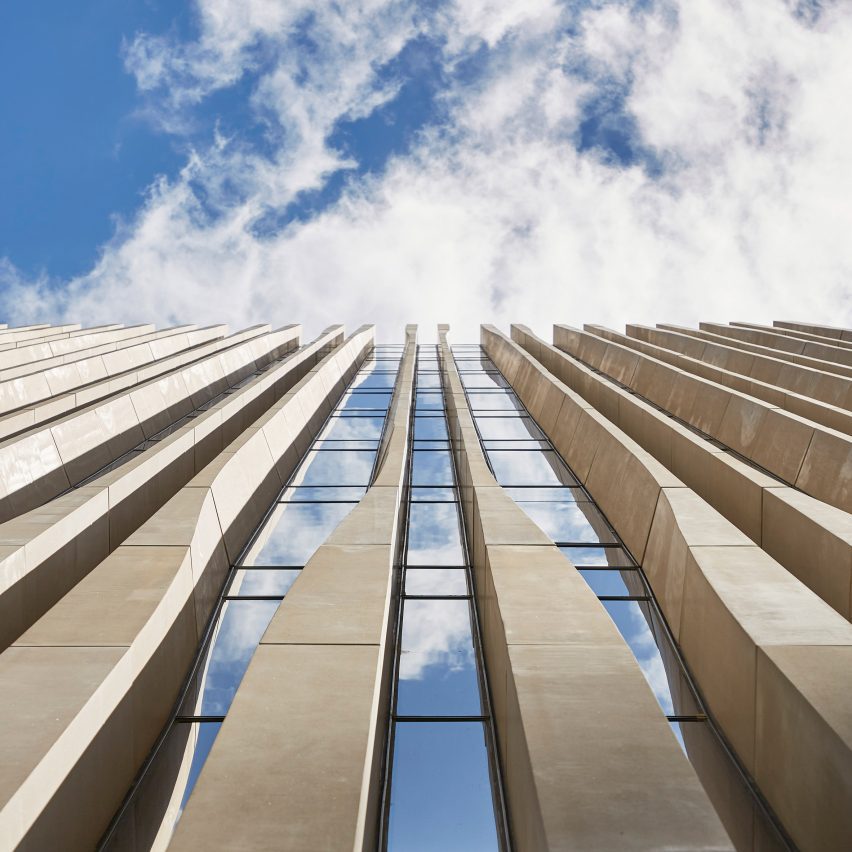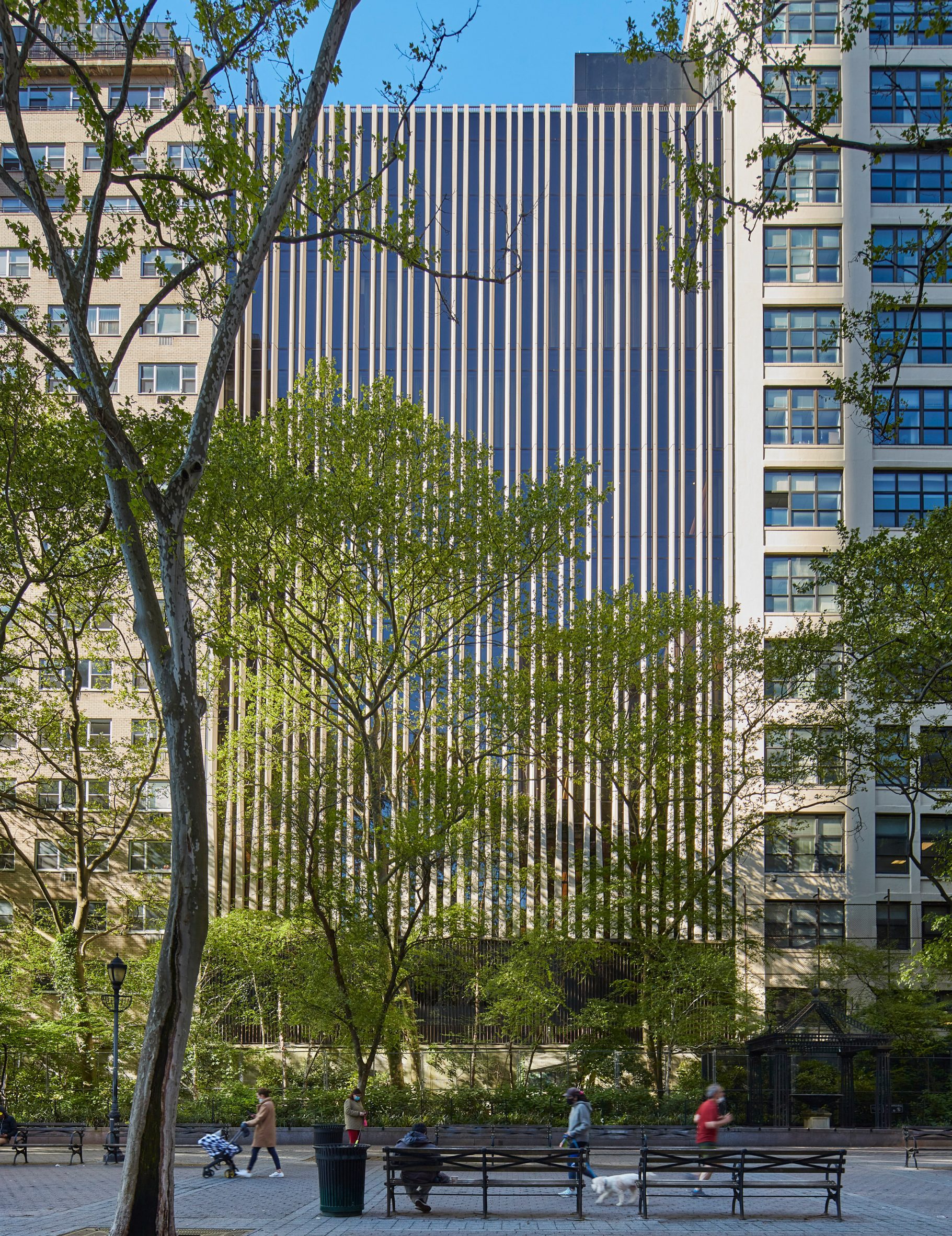Новое видео MARBLE
 The Sleepless King, новое видео MARBLE, доступно для просмотра ниже.
The Sleepless King, новое видео MARBLE, доступно для просмотра ниже.
#Marble
Видео: https://www.youtube.com/watch?v=Q2LVOUSB4as
 The Sleepless King, новое видео MARBLE, доступно для просмотра ниже.
The Sleepless King, новое видео MARBLE, доступно для просмотра ниже.
#Marble
Видео: https://www.youtube.com/watch?v=Q2LVOUSB4as
 Theater Is My Essence, новое видео MARBLE, доступно для просмотра ниже. Этот трек взят из нового альбома ‘T.I.M.E.’, релиз которого намечен на восьмое ноября на Rockshots Records.
Theater Is My Essence, новое видео MARBLE, доступно для просмотра ниже. Этот трек взят из нового альбома ‘T.I.M.E.’, релиз которого намечен на восьмое ноября на Rockshots Records.
#Marble
Видео: https://www.youtube.com/watch?v=XnhMWxwjpyM

Moses by Michelangelo is a marble sculpture created in 1513-1515.
One of the numerous intricate aspects of this work of art is a little muscle in the forearms that only contracts when the
pinky is lifted; otherwise, it is undetectable. Moses is raising his pinky, so the teeny muscle there is contracted. The attention to detail is impeccable.
#michelangelo #mastery #moses #art #marble
 REST AFTER DEBAUCHERY
REST AFTER DEBAUCHERY
Attributed to Francesco da Sangallo. Reclining Pan (aka the Barberini Pan). c. 1535. White reused classical marble with colored marble details. 134 cm long. Saint Louis Art Museum.
This handsome sculpture was acquired by the Barberini family in the early 17th century. At that time, the family collection was overseen by Cardinal Francesco Barberini, the nephew of Pope Urban VIII. The sculpture stayed in the collection until 1947, when the cash-strapped heirs of the Pope and Cardinal sold it to the Saint Louis Art Museum (SLAM) via a middleman. I’m not sure how the sale was allowed, but the museum website obliquely mentions that the sale was facilitated due to legislation enacted under Benito Mussolini.
The work depicts the lustful Arcadian god of forests, fields, and glades lying on his back in a splay-legged fashion holding a reed pipe (syrinx) in his right hand while his right arm is coddling a wineskin that once served as a fountain. His left arm is draped over his head, and his left hand is fondling a goat skin he is wearing around his neck. A salamander scurries amongst clusters of grapes at his feet (hooves). It appears he may be recovering from Bacchanalian debauchery or the unsuccessful pursuit of Syrinx as a love interest.
... hm, feel very much related with Pan!


Colourful marble accents and looming arches characterise this restaurant by Spanish studio Masquespacio, which takes cues from traditional Italian eateries.
Called Piada, the restaurant sells Italian flatbreads and is the second of its kind to be designed by Masquespacio in the French city of Lyon.
 Piada is a restaurant in Lyon
Piada is a restaurant in Lyon
The interiors of the latest Piada blends retro design elements borrowed from traditional Italian restaurants, such as marble and gold finishes, with colours and materials that were chosen to echo the eatery's healthy food menu.
"First, we investigated ancient Italian restaurants and bars to bring the traditional concept into the design," Masquespacio co-founder Christophe Penasse told Dezeen.
 Masquespacio took cues from traditional Italian eateries
Masquespacio took cues from traditional Italian eateries
"Then, we sought elements that could represent a sort of healthy aspect, which at the same time have a splashy and young colour concept that represents the brand's identity," he added.
A garland of lush plants and flowers is suspended above the entrance to the two-storey restaurant, under which floor-to-ceiling arched windows were designed to draw visitors in from the street.
 Bold blocks of colour define the space
Bold blocks of colour define the space
Inside, guests are met with a collection of booth-like tables that offer a mixture of built-in seating, including banquette benches and rounded wooden stools.
This area is defined by a bold palette of sugary pastel colours, ranging from pale lilac seat cushions to mint-green walls.
[ 
Piada's external arch motif is also continued in its interiors, where curved alcoves have been outlined with columns of bulbous sconce lights that resemble oversized Hollywood-style mirrors.
"We used five elements to represent the traditional Italian bar and restaurant – arches, light bulbs with gold finishes, marble and mirrored menus," explained Penasse.
 Piada's design is also influenced by its healthy food menu
Piada's design is also influenced by its healthy food menu
In a nod to Piada's healthy food concept, Masquespacio added clusters of plants that spill out of backlit rounded nooks behind the seating areas both upstairs and downstairs.
The studio also incorporated stucco on the walls and tiles with a handmade effect to create a more organic feel to the restaurant interior. All of Piada's furniture was custom-made by Masquespacio to match the restaurant's eclectic themes.
 The restaurant is the second of its kind in the French city
The restaurant is the second of its kind in the French city
Founded in 2010 by Penasse and Ana Milena Hernández Palacios, the Spanish studio has completed a number of other interior projects with designs rooted in bright colour.
These include a playful burger joint in Turin, multi-hued student housing in Bilbao and a colour-clashing phone repair shop in Valencia.
The photography is byGregory Abbate.
The post Masquespacio puts colourful spin on traditional Italian restaurant concept appeared first on Dezeen.
#restaurantsandbars #all #interiors #france #restaurants #marble #lyon #masquespacio #colour #arches #retrodesign


Architecture firm SOM has designed a limestone-clad building patterned with symbolic palm leaves for the Permanent Mission of the United Arab Emirates to the United Nations in Manhattan.
The building represents the United Arab Emirates' (UAE's) diplomacy to the United Nations (UN) and is located in Manhattan's Turtle Bay neighbourhood, close to the UN headquarters.
 The building features palm leaf motifs
The building features palm leaf motifs
The Permanent Mission of the United Arab Emirates to the United Nations is an organisation set up by the UAE to champion the UN and is headed by ambassador Lana Zaki Nusseibeh.
Indiana limestone, sourced from the same quarries that provided the facades for the Empire State Building and the Rockefeller Center, clads the diplomacy building.
 It is located in Manhattan's Turtle Bay, close to the UN headquarters
It is located in Manhattan's Turtle Bay, close to the UN headquarters
The 10-storey tower was designed to blend with the scale of the rest of the neighbourhood while also representing the UAE.
SOM added palm leaf motifs to the building's canopy and entrance as an international symbol of peace.
 The facade's tapering limestone piers echo narrowing palm leaves
The facade's tapering limestone piers echo narrowing palm leaves
As the tower rises, the facade's vertical elements attenuate to cater to privacy and light-related needs within the building, which also echoes the narrowing spine of a palm leaf.
"The palm is represented by the tapering limestone piers extending skywards from the second floor to the roof," SOM design partner Chris Cooper told Dezeen.
 Middle Eastern courtyards informed the building's interiors
Middle Eastern courtyards informed the building's interiors
Visitors enter the building via a 40-foot-tall (13-metre) double-height hallway that was designed to echo a courtyard in a traditional Middle Eastern house.
"On the interior, the concept of hospitality blends Middle Eastern tradition with diplomatic decorum," continued Cooper.
 SOM designed the project to be symbolic of international exchange
SOM designed the project to be symbolic of international exchange
"The space brings guests and staff together in an environment that is dignified, understated, and symbolic of international exchange."
Split into three zones, the building's first two storeys house the entry hall and event spaces, while floors three to six feature an amenity level and staff offices.
 Office spaces are included in the building
Office spaces are included in the building
Levels seven and eight are reserved for executive areas, and at the top portion of the building, there is a roof terrace with impressive views of the Dag Hammarskjold Plaza below and the East River beyond.
"The layout of each floor of the building is inspired by the principle of the central courtyard, with a central reception and gathering space that is accessible from the elevator lobby," explained Cooper.
"These spaces choreograph the visitor's progression through the building – heeding the hospitable nature of Middle Eastern culture."
Throughout the building, interiors pay tribute to the Middle East. Conference rooms include a traditional geometric pattern known as mashrabiya, which features in every UAE diplomatic office around the world.
Lebanese designer Nada Debs created the interiors for the building's entry hall with a palette of natural materials intended to evoke serenity, such as Northern Canadian limestone.
 Neutral interiors are intended to reflect the diplomatic nature of the building
Neutral interiors are intended to reflect the diplomatic nature of the building
Amenity spaces were designed with flat-cut American walnut and Calacatta marble, while executive spaces house Majlis areas for entertaining guests.
"In designing the mission, we endeavored to integrate Middle Eastern and local motifs, symbolising the power and importance of cross-cultural exchange and rooting the building in New York City's architectural traditions," said Cooper.
 Marble features in amenity spaces
Marble features in amenity spaces
SOM is an American firm founded by Louis Skidmore, Nathaniel Owings and John Merrill in 1939. The office was recently chosen to design a mass-timber Olympic village for the Milan 2026 Winter Olympics.
The photography and drawings are courtesy of SOM.
The post SOM designs UAE diplomacy building with Middle Eastern motifs in Manhattan appeared first on Dezeen.
#cultural #all #architecture #usa #marble #unitedarabemirates #skidmoreowingsmerrill #newyorkcity #limestone #unitednations #newyork
Mini Donjon & Dragon sans dragon.
Une bille qu’il faut guider dans un dédale sombre. Un mini trip claustro. 100% made in France. 100% végétal.
LAST HOUR ! END TODAY MIDNIGHT !
#donjon #dungeon #plastique #plastic #fr #france #french #ulule #vegetal #vegetable #bille #ball #marble #labyrinthe #labyrinth #escape #game #exploration #inside3 #bioplastic
Mini Donjon & Dragon sans dragon.
Une bille qu’il faut guider dans un dédale sombre. Un mini trip claustro. 100% made in France. 100% végétal.
LAST HOUR !
#donjon #dungeon #plastique #plastic #fr #france #french #ulule #vegetal #vegetable #bille #ball #marble #labyrinthe #labyrinth #escape #game #exploration #inside3 #bioplastic
I didn't know I needed marble races in my life. Thanks #JohnOliver and #LastWeekTonight!
Go Dragon!
https://www.youtube.com/watch?v=k3S5bHEcmeg
And Rally is even better, Yay Lollipop \o\/
https://www.youtube.com/watch?v=fvrGNgY9_i4
Last Week Tonight: Coronavirus VII: Sports - https://www.youtube.com/watch?v=z4gBMw64aqk
#marble #marbles #MarbleRace #JellesMarbleRuns

#Three #Graces #Roman #Marble #Stone #Sculpture #Group #Statue #Greek #Mythology #Aglaia #Beauty #Euphrosyne #Mirth #Thalia #Abundance #Fertility #Growth #Female #Nature #Art #Our #World
Roman copy of a Greek work of the 2nd century B.C.
These young girls, linked in a dance-like pose, represent The Three Graces: Aglaia (Beauty), Euphrosyne (Mirth), and Thalia (Abundance). They bestow what is most pleasurable and beneficent in nature and society: fertility and growth, beauty in the arts, harmonious reciprocity between men. They enjoyed venerable cults in Greece and Asia Minor. In mythology, they play an attendant role, gracing festivals and organizing dances. Their closest connection is with Aphrodite, whom they serve as handmaidens.
This carefully calculated, frieze-like composition is typical of classicizing art of the second and first centuries B.C. Instantly recognizable, it soon became the canonic formula for representing the Graces, who appeared in every medium and on every kind of object, from mirrors to sarcophagi.
The Metropolitan Museum of Art